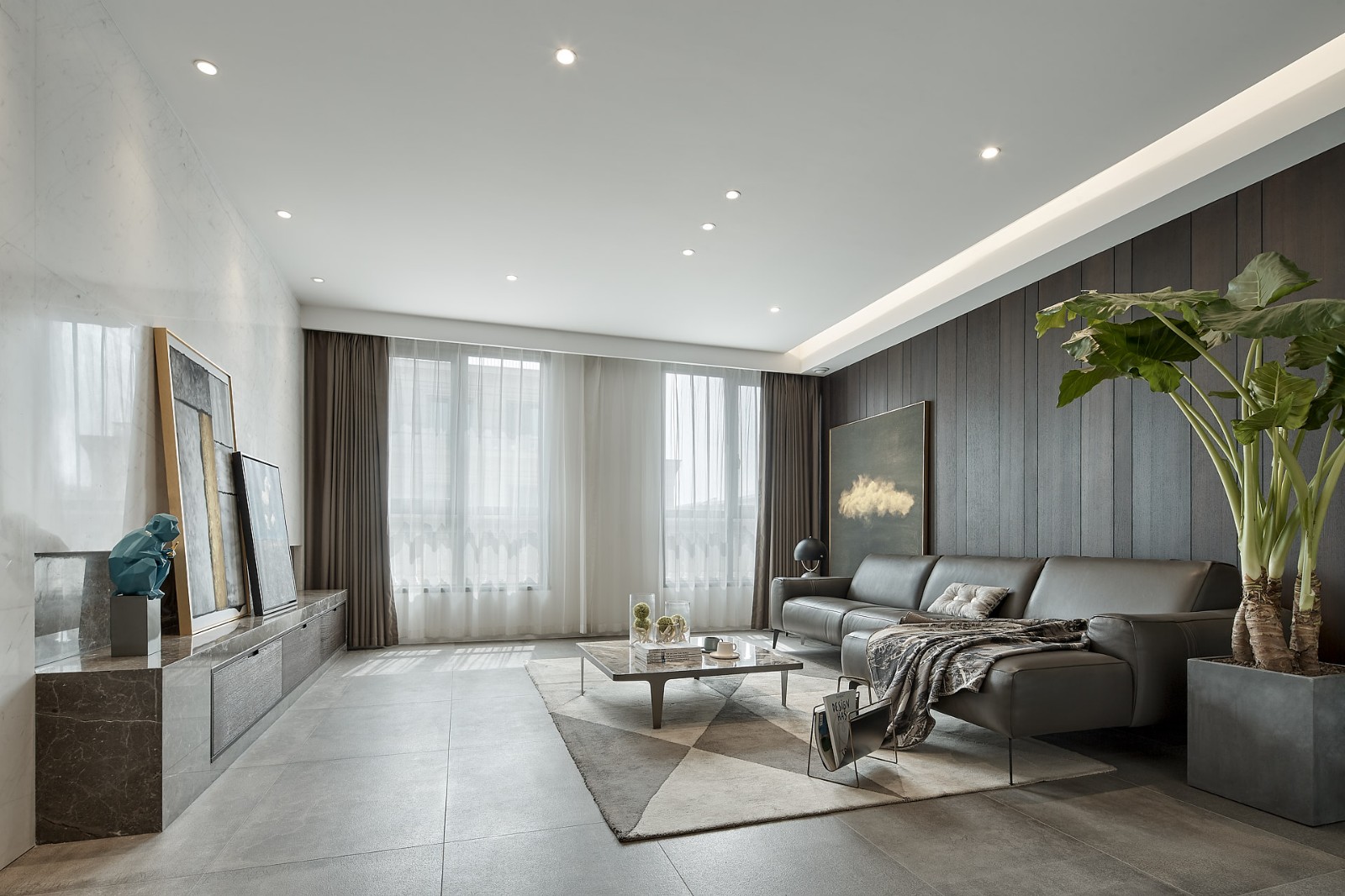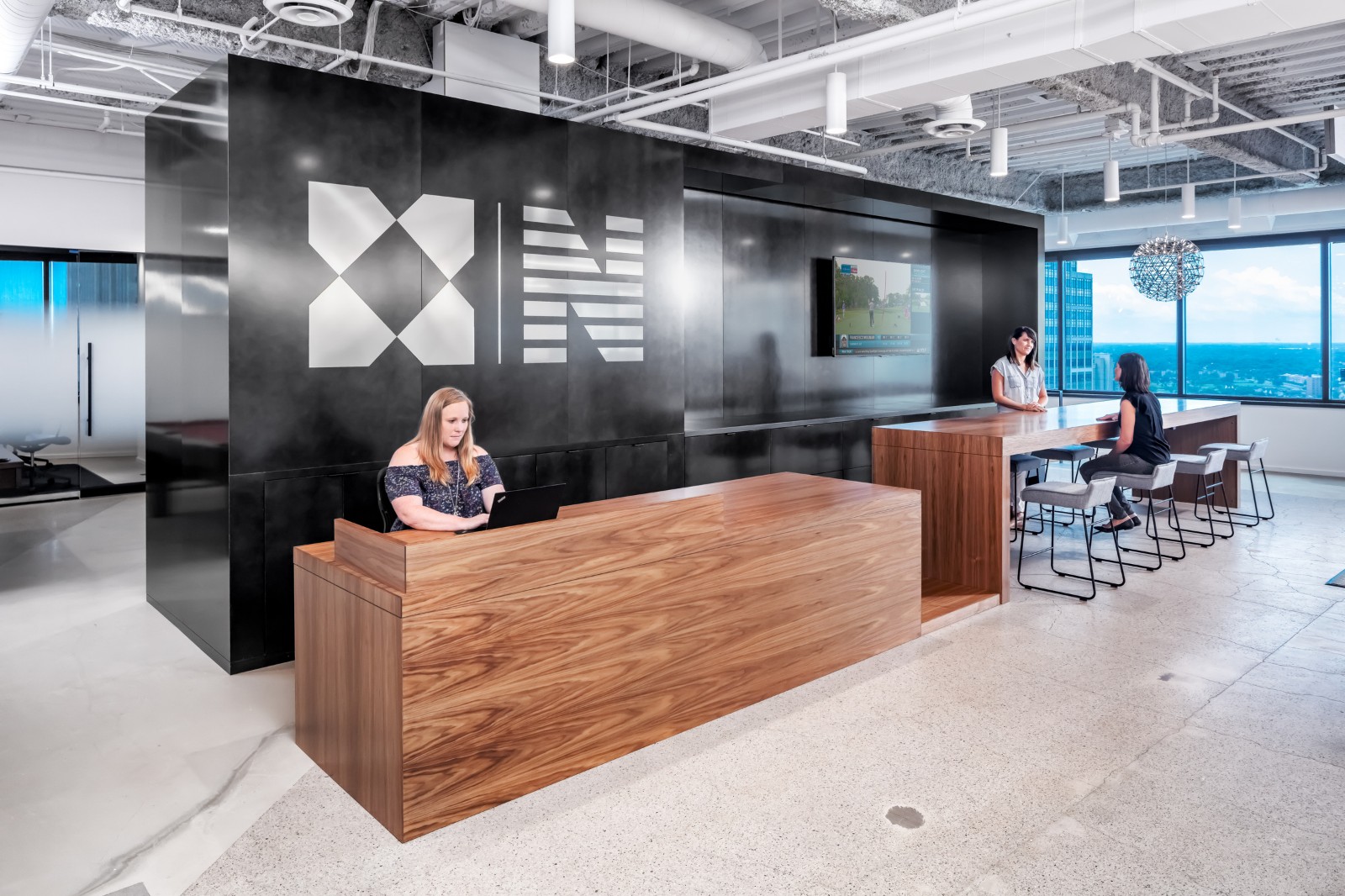Saleh Barakat Gallery L.E.FT Architects
2016-08-11 22:00
© Ieva Saudargaite
伊瓦·沙特


架构师提供的文本描述。新画廊的设计是贝鲁特规模最大、最著名的画廊之一,是对历史剧院马迪纳(Masrah Al Madina)的适应性再利用,这座剧院被改造成一个空间,专门展示黎巴嫩和阿拉伯的杰出艺术家、崛起艺术家和阿拉伯艺术家。在90年代被改造成一家剧院之前,地下空间早在1969年就成为中东最早放映菲里尼和加夫拉斯的艺术和实验电影以及苏联电影的电影院之一。
Text description provided by the architects. The design for the new art gallery, one of the largest and most prominent in Beirut, is an adaptive reuse of a historic theatre, Masrah al Madina, which is converted into a space dedicated to showcasing prominent as well as up and coming Lebanese and Arab artists. Before being transformed in the 90s into a theatre, the underground space was as early as 1969 one of the first cinemas in the Middle East to project art and experimental movies of Fellini and Gavras as well as Soviet films.


主要位于地下,试图创造一个平稳的过渡,从地面到较低的画廊层,从人行道到猫道,同时给地下空间带来自然光。
Located mostly underground, the attempt was to create a smooth transition from the ground level to the lower gallery level, from the sidewalk to the catwalk, while bringing natural light to the buried space.
© Ieva Saudargaite
伊瓦·沙特


从现有的剧场空间开始,其目的是保留空间的基本特征元素,并引入新的元素,这些元素暗示了空间的历史,同时也为其新节目服务。
Starting with the existing theatre space, the intent was to preserve essential characteristic elements of the space, and introduce new elements that allude to the history of the space while serving its new program.
© Ieva Saudargaite
伊瓦·沙特


一个新的楼梯,让人联想到剧院长廊的楼梯,从一楼一直延伸到地下的主走廊空间,穿过二级办公空间。层叠的自然使上下层之间的视觉连续性,和日光穿透它的方式下到地下室。
A new staircase, reminiscent of theatre promenade staircases, cascades its way down to the underground main gallery space from the ground floor, going through secondary office spaces. The cascading nature allows visual continuity between upper and lower levels, and daylight to pierce its way down to the basement.
© Ieva Saudargaite
伊瓦·沙特


© Ieva Saudargaite
伊瓦·沙特


剧院的天花板已被翻新,以突出其钢猫道,并将其转变为一个仓库的画廊照明,包括环境照明和重音照明。一种新的电动链式提升机,通常隐藏在房子的后面,在需要的时候,在底层的天花板前,在暴露的I梁上支撑,使画廊天花板的工业外观延续到底层天花板。提升机将把艺术作品箱带到主要的画廊空间,展示房屋物流的背面,并将它们展望到入门级。
The ceiling of the theatre has been renovated to highlight its steel catwalks, and transforming it into a repository for the gallery lighting, both ambient and accent lighting. A new electric chain hoist, usually hidden in the back of house, is fore fronted in the ceiling of the ground floor when needed, and is supported on exposed I beams that continue the industrial look of the gallery ceiling into the ground floor ceiling. The hoist would carry the art work crates down to the main gallery space, showcasing the back of house logistics and foregrounding them into the entry level.
Courtesy of L.E.FT Architects
由L.E.FT建筑师提供


沿着同样的路线,主画廊空间两边的存储通道都变成了亲密的艺术画廊,房子的后部成为艺术前瞻体验的一部分。还为私人客户会议在地下室较低的地方设立了一个大型档案馆。
Along the same lines, storage aisles on either side of the main gallery space were turned into intimate art galleries, the back of house becoming part of the foregrounded experience of art. A large archive gallery in the lower basement was also introduced for private client meetings.
© Ieva Saudargaite
伊瓦·沙特


从阁楼,行政办公室,和画廊,有一个充分的看法画廊空间。
From the mezzanine floor, the administrative offices, and that of the gallerist, have a full view of the gallery space.
© Ieva Saudargaite
伊瓦·沙特






















































Architects L.E.FT Architects
Location Beirut, Lebanon
Category Gallery
Design Team Ana Conchan, Alex Palmer, Valeria Fervorari, Rafah Farhat, Elias Kateb
Area 900.0 sqm
Project Year 2016
Photographs Ieva Saudargaite































